Hello there, fellow container home enthusiasts! I’m Emily Owens, your friendly guide to all things container homes. For the past four years, I’ve been on a wild adventure exploring the world of container home construction, and today, I’m excited to share my insights on how you can embark on your own DIY container home project.
If you’re like me, you’ve probably marveled at the innovative and sustainable housing solutions that shipping containers offer. They’re sturdy, readily available, and can be transformed into cozy abodes that are eco-friendly and cost-effective. So, let’s roll up our sleeves and dive into the world of DIY container homes!
Dream Big and Plan Ahead
Before you start stacking containers, it’s essential to have a clear vision of what you want to achieve. What’s your dream container home like? How many containers will you need? Where will you place it? These are just a few questions to get your creative gears turning.
Example: Let’s say your dream is a two-story container home with an open-concept living space, a spacious kitchen, and a rooftop garden for stargazing. You’ll need two 40-foot containers for the main living area and one 20-foot container for the garden.
Find the Perfect Location
Location, location, location! It’s not just for traditional homes. Container homes need a well-thought-out spot too. Consider local building codes, zoning regulations, and the environmental impact of your project. You wouldn’t want to wake up one day with a “cease and desist” notice pinned to your container home, right?
Example: You’ve found a rural property with minimal zoning restrictions and plenty of space for your container home and garden. Plus, the serene surroundings will make for excellent stargazing nights on your rooftop.
Obtain Permits and Approval
Now comes the not-so-fun part: paperwork. You’ll need to check with your local authorities to see what permits and approvals you’ll need for your container home project. It may be a bit tedious, but it’s crucial to ensure that your DIY dream home is up to code.
Example: After a few trips to the city planning office and some back-and-forth with inspectors, you’ve secured the necessary permits for your container home. The bureaucratic hurdles are worth it for the peace of mind and the legality of your project.
Source Your Containers
Ah, the moment you’ve been waiting for: shopping for containers! You can find shipping containers from various sources, including shipping yards, container depots, or even online marketplaces. When selecting containers, look for ones in good condition, free of rust, and with a solid structure.
Example: You found two pristine 40-foot containers at a local shipping yard. They even threw in a slightly weathered 20-footer for your garden, free of charge!
Design and Plan Your Layout
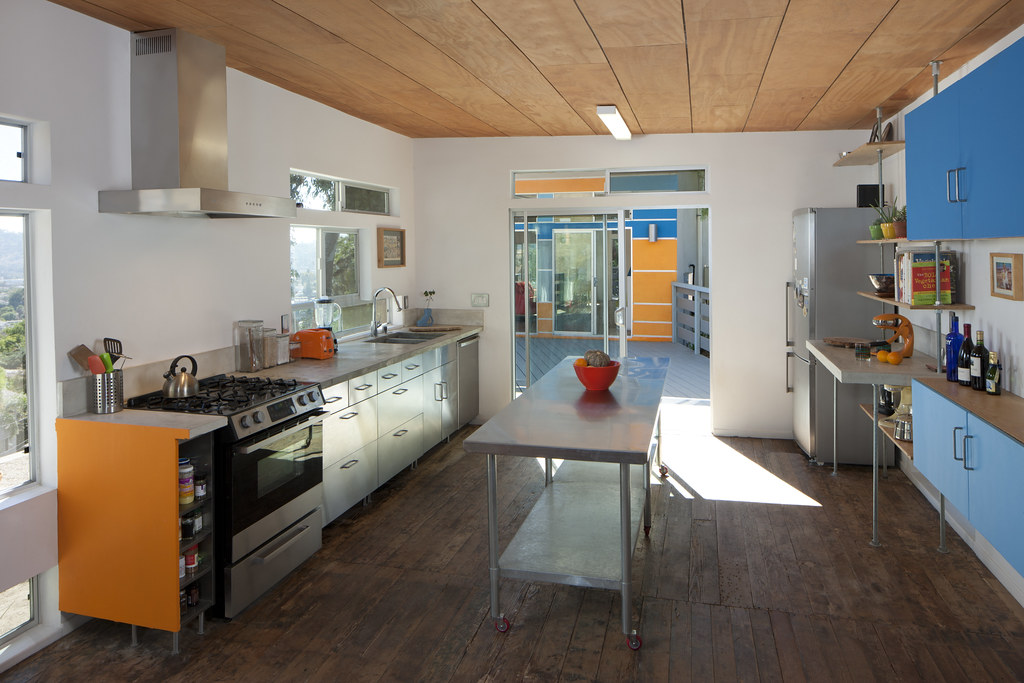
Now it’s time to put your architectural hat on. Sketch out your container home’s layout, making sure to consider all the essential features like plumbing, electrical, insulation, and ventilation. Remember, containers are like giant building blocks, so get creative with your design.
Example: You’ve worked with an architect to create a layout that maximizes space, with an open living area, a compact but efficient kitchen, and clever storage solutions. You’ve also added large windows to bring in natural light and make the space feel more inviting.
Prepare the Site
Before your containers can be set in place, you’ll need to prepare the site. This includes clearing the land, leveling the foundation, and ensuring proper drainage. The last thing you want is your container home sinking into the mud.
Example: You’ve hired a local excavation crew to clear the area and lay a solid foundation of concrete footings to support your containers. Goodbye, mud pit; hello, stable living space!
Modify and Insulate Your Containers
Container homes may start as rugged steel boxes, but they need some TLC to become cozy living spaces. Cut openings for doors and windows, insulate the containers to regulate temperature, and reinforce the structure as needed.
Example: You’ve enlisted the help of a skilled welder to cut out windows and doors precisely where you envisioned. Spray foam insulation is applied to keep the inside comfortable year-round, even during those chilly nights under the stars.
Connect the Utilities
Now it’s time to make your container home functional. You’ll need to connect water, electricity, and sewage systems. You can go off-grid with solar panels and a composting toilet, or connect to existing utilities for a more traditional setup.
Example: With the expertise of local contractors, you’ve hooked up your container home to the grid for water and electricity. You’ve also installed a rainwater harvesting system and a beautiful composting toilet for sustainability.
Interior Design and Personalization

This is where the magic happens! Choose your interior finishes, colors, and furnishings. Get creative and let your personality shine through in every nook and cranny. It’s your home, so make it uniquely yours.
Example: You’ve scoured thrift stores and garage sales for unique furnishings that add character to your container home. Your rooftop garden is thriving with herbs and flowers, making it the perfect spot for alfresco dining and stargazing.
Enjoy Your New Container Home
Congratulations! You’ve turned a stack of steel boxes into a cozy, sustainable, and uniquely beautiful container home. Invite friends and family over for a housewarming party, and relish in the satisfaction of your DIY achievement.
Example: You’re now living comfortably in your container home, savoring the serenity of your rural surroundings. You’ve hosted a few stargazing parties on the rooftop, and your friends can’t stop gushing about your creative oasis.
In conclusion, building a DIY container home is a rewarding journey that requires careful planning, creativity, and a dash of determination. With the right vision, preparation, and a bit of elbow grease, you can turn shipping containers into a one-of-a-kind home that’s both eco-friendly and uniquely yours. So, what are you waiting for? Start dreaming big and get ready to build your very own container home adventure! Happy building!











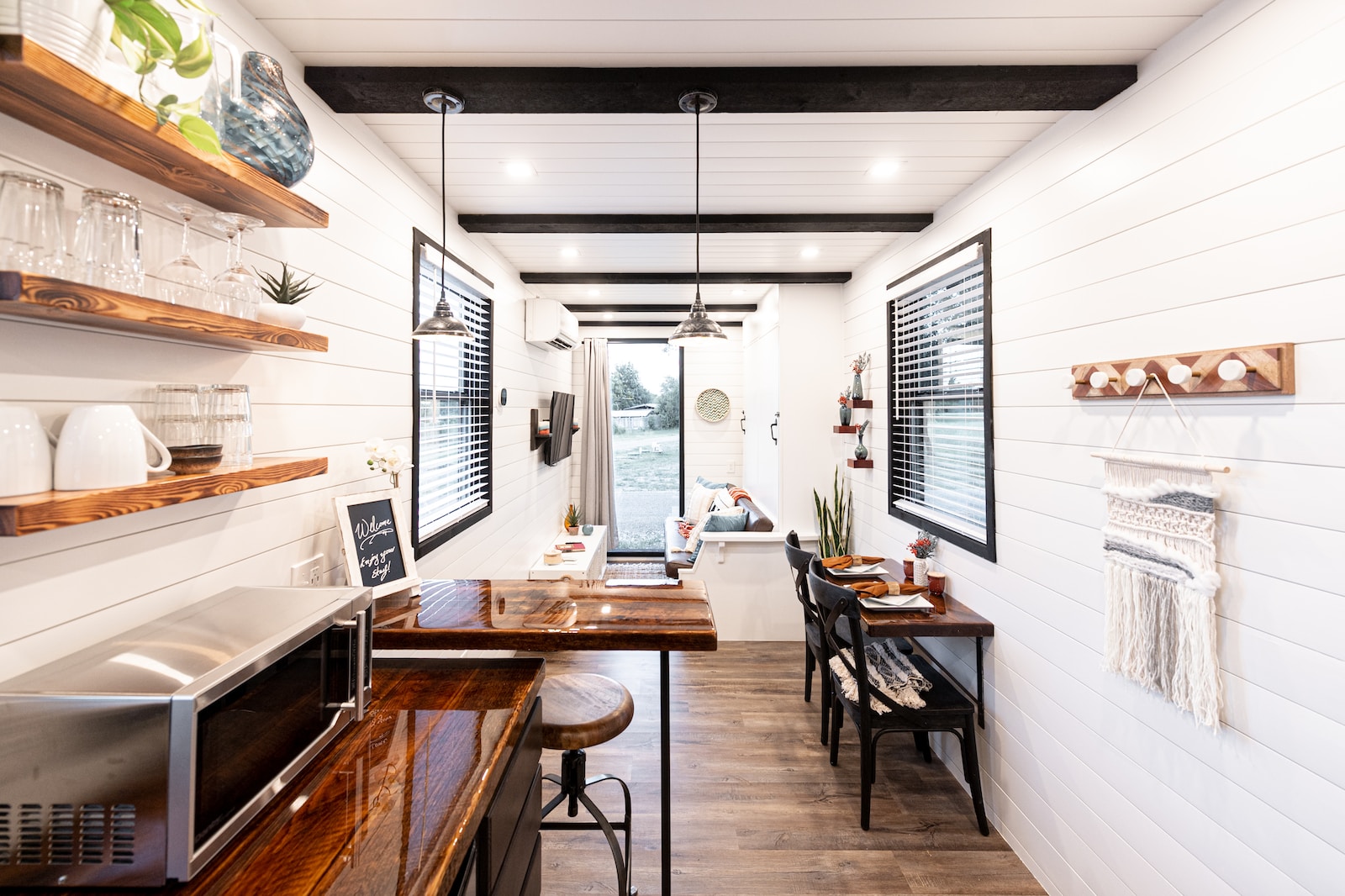
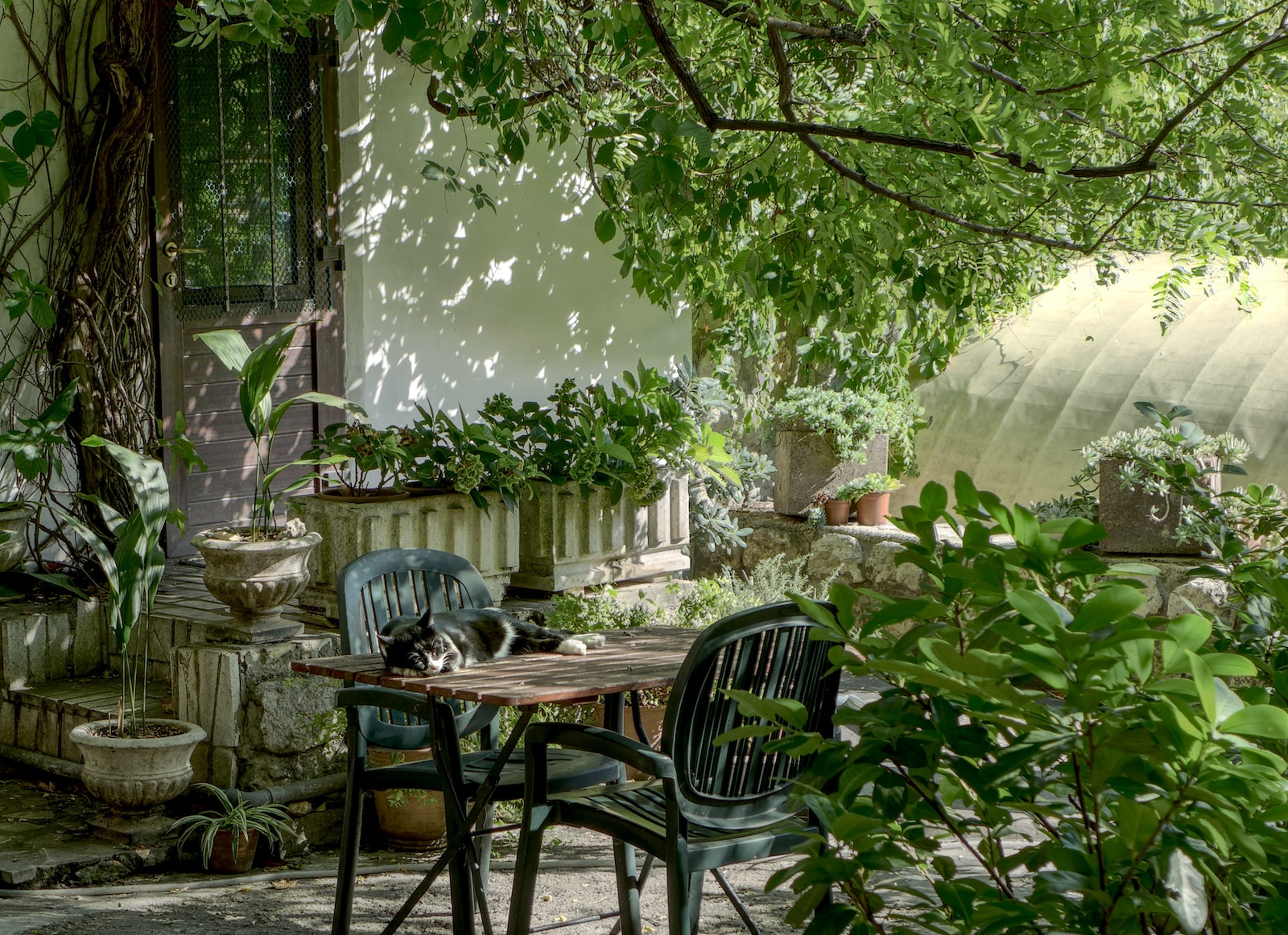





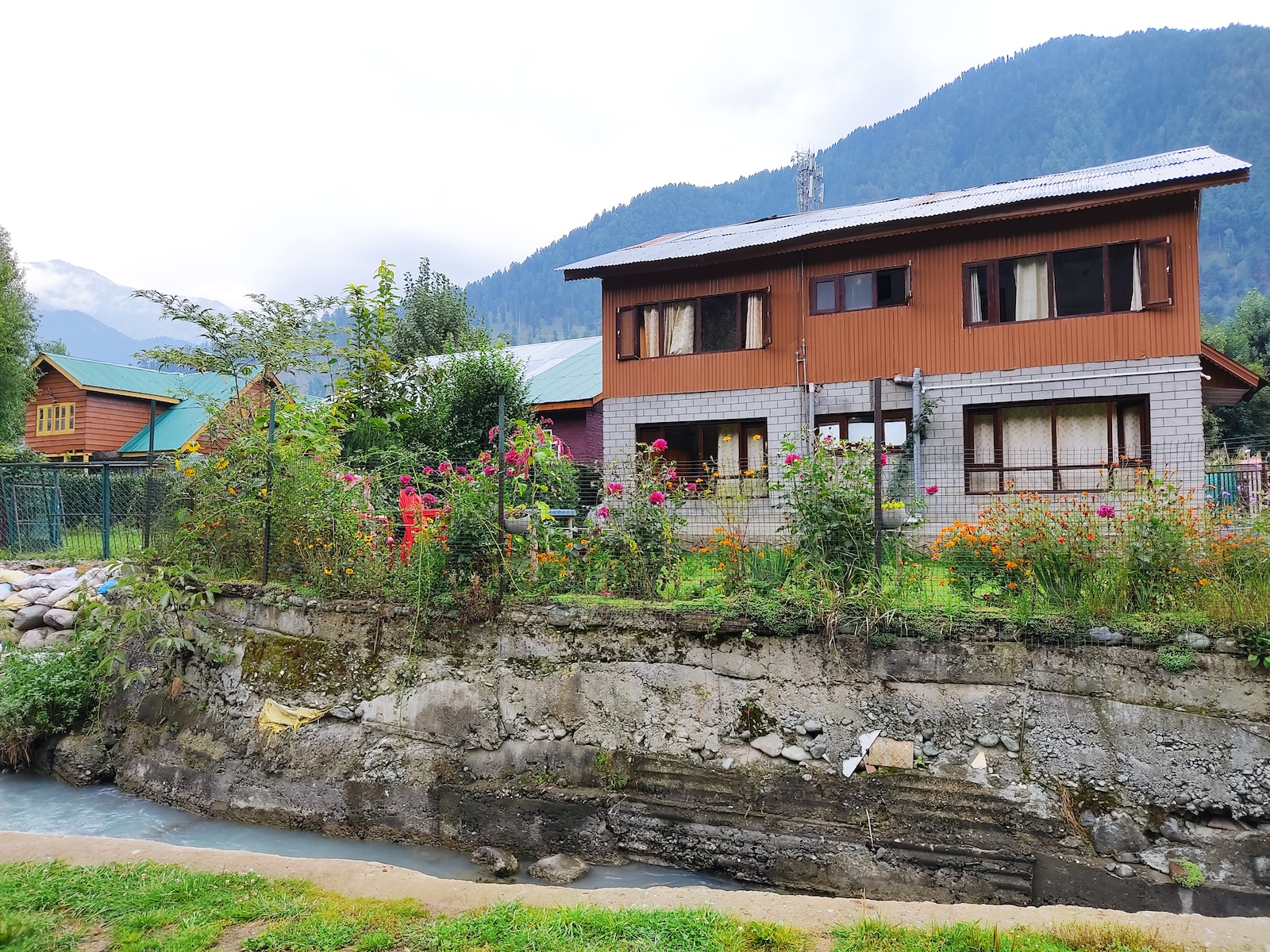
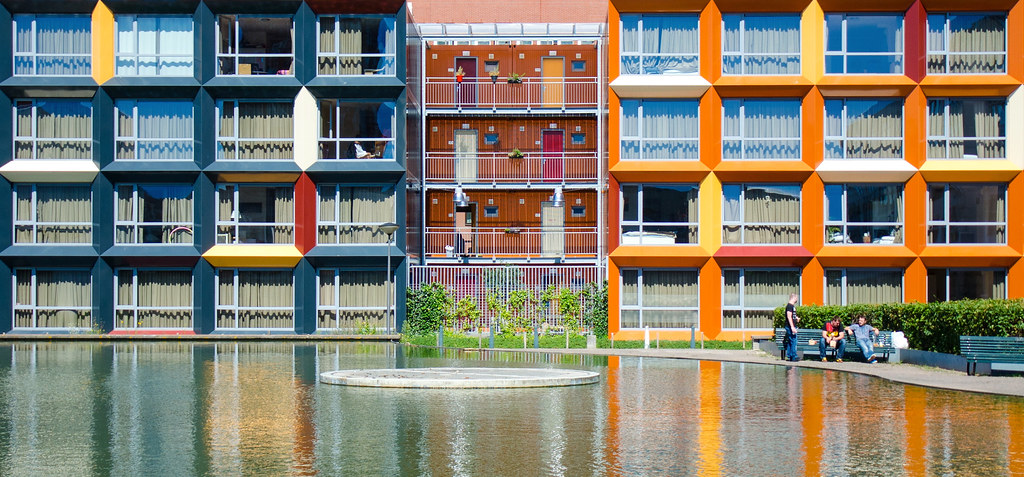
Find Us on Socials